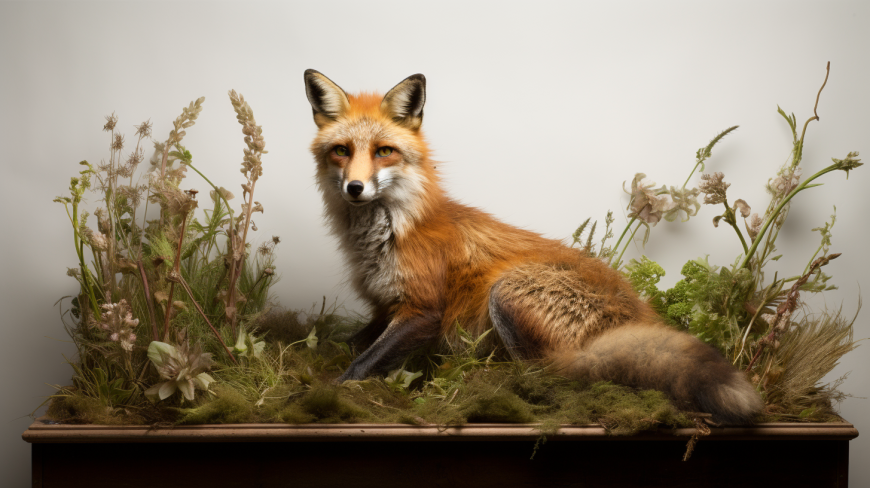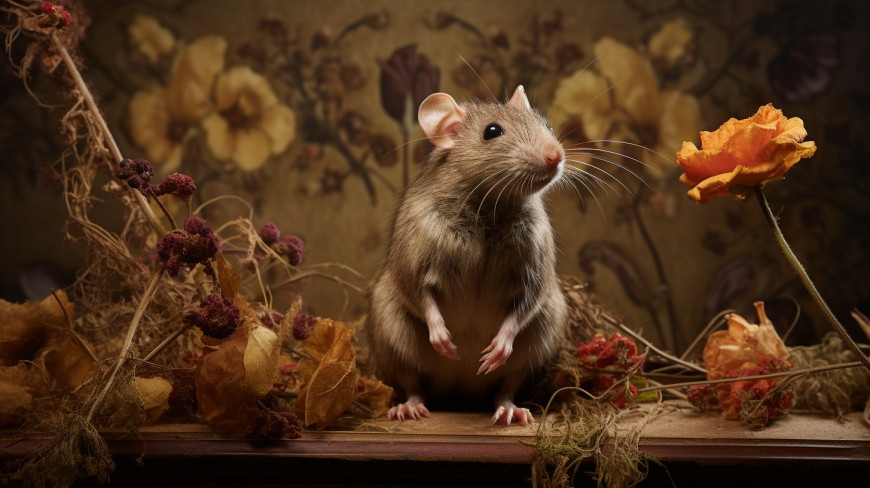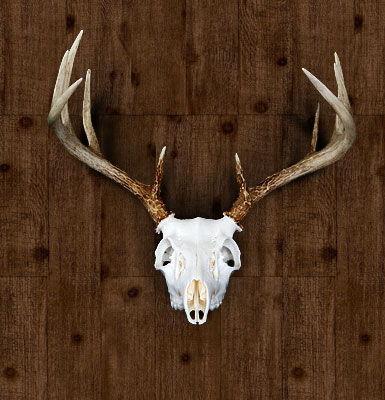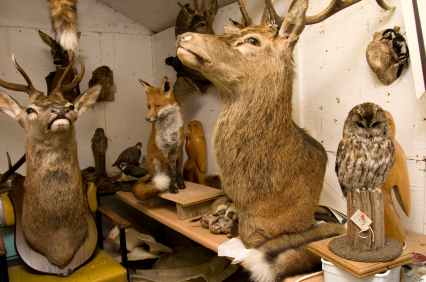Fox Taxidermy
Are you fascinated by the intricate art of taxidermy? Have you ever wondered about the skill and techniques involved in preserving the beauty of animals? Well, prepare to be captivated by the world of fox taxidermy. In this article, we will take you on a journey through the art, history, controversies, and sheer beauty of […]




